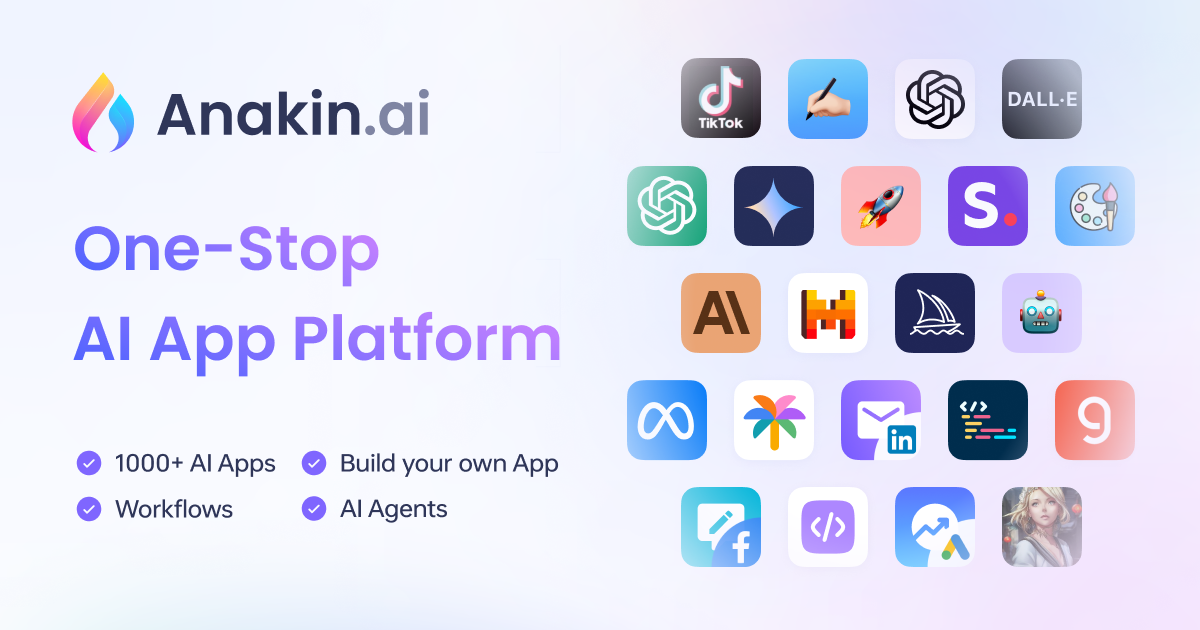Artificial intelligence continues to evolve at lightning speed, and the latest breakthrough is here—OLMo 32B. Developed by the Allen Institute for AI (AI2), this fully open-source large language model (LLM) is making waves by outperforming proprietary giants like GPT-3.5 Turbo and GPT-4o Mini. But what exactly makes OLMo 32B so groundbreaking, and why should you care?
In this article, we'll dive deep into OLMo 32B's impressive capabilities, explore its innovative architecture, and discuss how its openness could redefine the future of AI research and development.

What is OLMo 32B and Why is it Revolutionary?
Released on March 13, 2025, OLMo 32B stands out as the first fully open large language model capable of surpassing proprietary models across numerous benchmarks. Its openness isn't just symbolic—AI2 provides complete transparency, including:
- Full training data (6 trillion tokens)
- Model weights and training code
- Detailed documentation of methodologies and hyperparameters
This unprecedented transparency empowers researchers and developers to understand, replicate, and build upon the model's capabilities, fostering innovation and trust in AI.
Under the Hood: Technical Specifications of OLMo 32B
OLMo 32B packs impressive technical specifications, optimized for performance and efficiency:
- Architecture: Transformer-based
- Parameters: 32 billion
- Training Tokens: 6 trillion
- Layers: 64
- Hidden Dimensions: 5120
- Attention Heads: 40
- Context Length: 4096 tokens
- Compute Efficiency: Achieves state-of-the-art performance using only one-third of the compute resources required by comparable models like Qwen 2.5 32B.
This efficient architecture makes OLMo 32B accessible even for researchers with limited computational resources, democratizing cutting-edge AI.
Training Methodology: How OLMo 32B Achieves Excellence
OLMo 32B employs a meticulous two-phase training process:
Phase 1: Base Model Development
- Pretraining: 3.9 trillion tokens from diverse web datasets (DCLM, Dolma, Starcoder, Proof Pile II).
- Midtraining: 843 billion high-quality academic and mathematical tokens from Dolmino.
Phase 2: Instruction Tuning
- Supervised Fine-Tuning (SFT)
- Direct Preference Optimization (DPO)
- Reinforcement Learning with Verifiable Rewards (RLVR)
This comprehensive approach ensures OLMo 32B excels across a wide range of tasks, from academic reasoning to general knowledge queries.
Benchmark Performance: Outshining Proprietary Giants
OLMo 32B consistently delivers impressive results across popular benchmarks:
| Benchmark (5-shot) | OLMo 32B | GPT-3.5 Turbo | Qwen 2.5 32B |
|---|---|---|---|
| MMLU | 72.1% | 70.2% | 71.8% |
| GSM8k (8-shot) | 81.3% | 79.1% | 80.6% |
| TriviaQA | 84.6% | 83.9% | 84.2% |
| AGIEval | 68.4% | 67.1% | 67.9% |
While matching or surpassing leading proprietary models, OLMo 32B also demonstrates remarkable efficiency, making it ideal for diverse research and practical applications.
Key Innovations: Why Openness Matters
OLMo 32B introduces several groundbreaking innovations:
- Complete Transparency: Full access to training data, hyperparameters, and loss curves enables precise reproducibility and deeper scientific exploration.
- Efficiency Enhancements: Utilizes Group Relative Policy Optimization (GRPO) to achieve 3× greater compute efficiency compared to similar models.
- Accessibility: Easily fine-tunable on a single H100 GPU node, available via Hugging Face Transformers, and compatible with popular inference frameworks like vLLM.
Real-World Applications: How Can You Use OLMo 32B?
OLMo 32B's versatility makes it suitable for numerous applications, including:
- Academic research and scientific analysis
- Custom AI assistant development
- Domain-specific fine-tuning (medical, legal, financial)
- Enhanced interpretability and bias studies due to transparent data
Here's a quick example of how easy it is to use OLMo 32B with Hugging Face:
from transformers import AutoModelForCausalLM, AutoTokenizer
model = AutoModelForCausalLM.from_pretrained('allenai/OLMo-2-0325-32B-Instruct')
tokenizer = AutoTokenizer.from_pretrained('allenai/OLMo-2-0325-32B-Instruct')
inputs = tokenizer("Explain quantum entanglement.", return_tensors='pt')
outputs = model.generate(**inputs, max_length=500)
print(tokenizer.decode(outputs[0]))
Current Limitations and Future Improvements
Despite its impressive performance, OLMo 32B isn't without limitations:
- Requires 64GB VRAM for FP16 inference, limiting accessibility on lower-end hardware.
- Currently lacks quantized versions, which could further enhance accessibility.
- Slightly underperforms proprietary models like GPT-4 in creative writing tasks.
Future developments will likely address these limitations, further solidifying OLMo 32B's position as a leading open-source AI model.
Final Thoughts: A New Era of Open AI
OLMo 32B represents a significant leap forward—not just in performance, but in openness and transparency. By proving that open-source models can match or exceed proprietary alternatives, AI2 has opened the door to unprecedented collaboration, innovation, and responsible AI development.
As we continue to explore and build upon OLMo 32B, the possibilities for AI research and real-world applications are limitless.
Are you ready to embrace the future of open-source AI? How do you envision using OLMo 32B in your projects or research? Let us know your thoughts and join the conversation!

